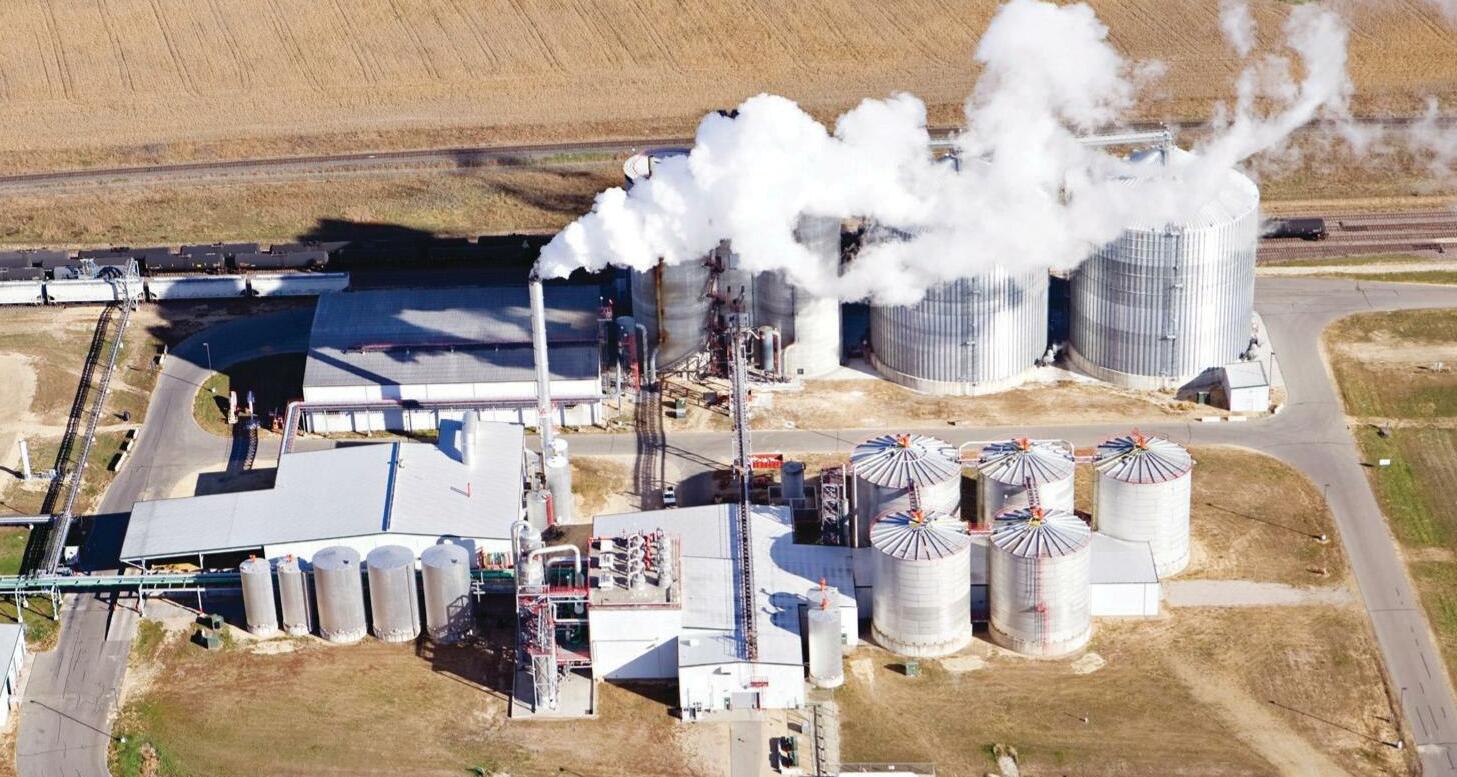Essayer OR - Gratuit
From Well to Wheels
Successful Farming
|January 2025
A look at ethanol's life cycle emissions.

Corn ethanol has been the standard for biofuels in the United States since the Renewable Fuel Standard (RFS) was introduced in 2005. Carbon pipelines have been positioned as the next step the ethanol industry needs to sequester carbon, receive tax credits, and be poised for growth, including in new areas such as sustainable aviation fuel. In our series on carbon pipelines, we have covered how companies are working to establish pipelines across the Midwest. We also looked at how farmers can navigate eminent domain use when pipeline construction comes closer to reality.
For this story, we set out to directly compare the life cycle of greenhouse gas (GHG) emissions — from well to wheels — of ethanol and gasoline, and how carbon pipelines factor into the future of ethanol as a viable, low-emission fuel. This turned out to be more difficult than expected. Few recent independent studies have been conducted removed from the goal of adopting ethanol as a clean energy source in the U.S. There are so many different approaches to measure well-to-wheel emissions, it's almost impossible to find an agreed-upon carbon intensity (CI) score among various studies and stakeholders. The U.S. government uses the Department of Energy's Greenhouse Gases, Regulated Emissions, and Energy Use in Technologies (GREET) model.
Mark Heckman is vice president of sales and marketing at Edeniq, Inc., a California-based biotechnology company, and formerly ethanol services director at EcoEngineers, an Iowa-based engineering consultant. “In the carbon world, people talk about system boundaries — the handoff of where emission measurement starts and when it stops,” Heckman said. “The GREET model is a quick tool that pulls all these emission factors into it, and uses the science that's coming out of the Department of Energy and Argonne National Laboratory to state acceptable practices or levels to use, if you take farm practices as a whole.”
Cette histoire est tirée de l'édition January 2025 de Successful Farming.
Abonnez-vous à Magzter GOLD pour accéder à des milliers d'histoires premium sélectionnées et à plus de 9 000 magazines et journaux.
Déjà abonné ? Se connecter
PLUS D'HISTOIRES DE Successful Farming

Successful Farming
VIP: Very Important Poultry
Minnesota producer John Zimmerman raised last year's Presidential Flock, helping keep the state's turkey legacy strong.
3 mins
November 2025

Successful Farming
Get to Know Your Bull
Winter is your bull's offseason, so now is the time to assess his health and determine if he will keep his position or is ready for retirement.
2 mins
November 2025

Successful Farming
Managing Mastitis
Non-antibiotic product helps manage dairy herd mastitis issues.
4 mins
November 2025

Successful Farming
Autonomous tractors are finally hitting the fields.
After years of research and development, autonomous technology has arrived.
5 mins
November 2025

Successful Farming
Mike Koehne
This first-generation Indiana farmer built a global business from scratch.
3 mins
November 2025

Successful Farming
Funding Pork Sustainability
Pork producers can get paid for adopting sustainable practices.
4 mins
November 2025

Successful Farming
Offseason Care Pays Off
Follow these seven steps to winterize your equipment now — saving time, money, and headaches next spring.
4 mins
November 2025

Successful Farming
Perennial Cover Crops
Is perennial ground cover a good alternative to annual cover crops?
4 mins
November 2025

Successful Farming
Access Tools Quickly With Storage Racks
Save time in the shop by building these storage racks to keep your tools visible and accessible.
2 mins
November 2025

Successful Farming
How to Support Up-and-Coming Agriculturists
With startup costs on the rise, a study conducted by the Coalition to Support lowa's Farmers provides insights on the obstacles facing tomorrow's farmers.
2 mins
November 2025
Listen
Translate
Change font size

